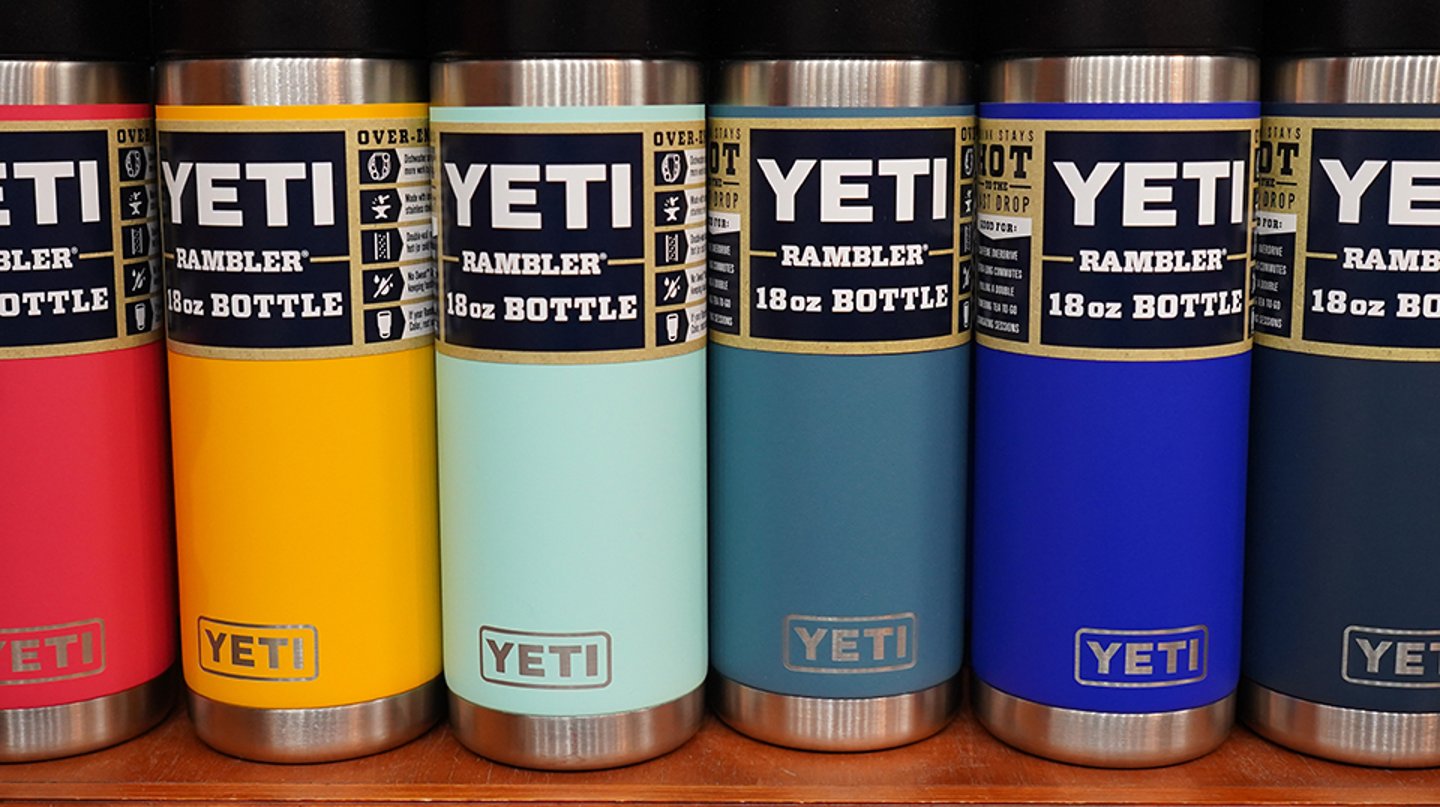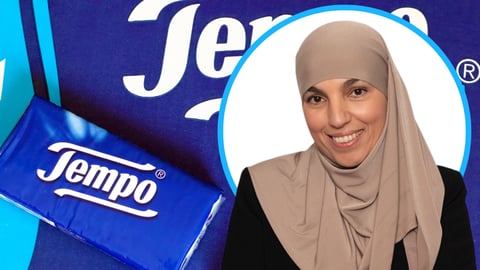CPGs Prepare for Potential Tariffs Under Trump Administration
Tariffs are top of mind within the consumer goods industry as CPGs ready for a second Donald Trump administration.
While it’s too early to tell what the potential impact could be if they’re enacted, manufacturers have indicated they’re preparing for scenarios given Trump’s remarks during his campaign and the actions during his first term.
“The first go-round was probably a bit more surprising or novel,” Tom Madrecki, VP of campaigns and special at the Consumer Brands Association trade organization, told CGT on Thursday. The tide and general sentiment toward trade has since shifted, and the era of unmitigated free trade has clearly passed, he noted.
“On both sides of the aisle, you have to have a more nuanced point of view on trade and understand that tariffs are one of the tools in the toolkit that will be considered by any administration, but certainly a Trump administration.”
Consumer goods leaders were pressed on the topic by investors on this week’s earnings call, and some confirmed they’re preparing despite the current unknowns.
Mike McMullen, CFO of Yeti, said they’re working with current suppliers and assessing potential new partners. The company is in the process of a supply chain initiative that will result in half of its drinkware capacity being located outside of China by 2025.
While noting they expect their international footprint to help offset the impact of tariffs, McMullen also didn’t rule out price increases.
“We'll have to see as we go through this, but I think we would look at price potentially as an option to offset any potential tariff risk,” he said. “So basically we're focused on the things that we can control.”
E.l.f. Beauty executives offered similar assessments on their earnings call this week. While the cosmetics company manufactured 99% of their products in China in 2019, they’ve since reduced that to about 80%, as well as grown their international business to represent 21% of their business.
In addition to supplier concessions and further diversification, select price increases may also be on the table, according to CEO Tarang Amin.
Ralph Lauren CEO Patrice Louvet said they too had significantly diversified their sourcing footprint over the last seven years, including developing alternate production for key product categories and increasing nearshoring capabilities. China now represents about a high single-digit percentage of their globally sourced units, which is about the same as their China sales penetration.
“We’ll wait and see what, if any, future policy ultimately gets passed, but we’ve navigated tariffs successfully before, including not so long ago,” he said. “We’re going to remain agile and continue to proactively develop and scale new global supply chain opportunities to mitigate any potential risks and disruptions.”
Consumer goods manufacturers are, in general, optimistic about the resiliency of their supply chains, according to a CGT survey of supply chain professionals. In the survey, fielded in October, 82% of respondents described their supply chain resiliency as good or very good/excellent. Seventy-one percent said the same for their supply chain agility.
CPG-Specific Challenges
While some consumer goods companies will be able to navigate potential tariffs through alternative sourcing strategies, it’s not feasible for many others.
“Inherently, when we're talking about food, beverage, household or personal products, there's always inputs that have to be sourced from abroad,” said Madrecki. “There isn't necessarily the same flexibility that you see in other sectors to bring production back home or to move things around, because no matter how many tariffs are put into place, there's no bringing black pepper production to the U.S. It's just fundamentally tied to Southeast Asia. There's just things that have to be sourced from abroad.”
The impact will, of course, also depend on the nature of the tariffs. A blanket tariff is much different than taking a more surgical approach, and there’s concern within the CPG industry that they could be caught in the crosshairs of a tariff strategy that’s more targeted to protect other industries, such as steel or semiconductors, said Madrecki.
Regardless, it’s unlikely that any CPG will be completely insulated from an impact if tariffs are enacted, he said. Even a company that sources and manufacturers domestically could have to contend with tariffs impacting steel or labels.
The Consumer Brands Association has over 70 consumer goods manufacturers and retailers within its membership; while there are widely divergent opinions on the subject of tariffs within other industries, things are a little more cut and dried for them, he added.
“Our members are pretty lockstep aligned that the tariffs in our sector … aren't helpful for us.”
CGT Subscribers Weigh In
CGT texting subscribers had the opportunity to share their questions for Madrecki, and several asked about the potential impact of tariffs on CPG e-commerce penetration.
From a pure CPG perspective, they’re not expected to have as much of an impact on e-commerce as found in some other sectors, he said. While there are issues surrounding de minimis tax exemptions from a macro trade perspective around certain retail imports, how tariffs fit into e-commerce pricing architecture will likely be the same as with traditional retail.
Looking to stay connected to the consumer goods industry? Sign up for insider access with CGT's texting community. Share your opinion, and send your questions right to Lisa Johnston for 1:1 conversations. Texts arrive twice a week. Learn more or sign up below.






